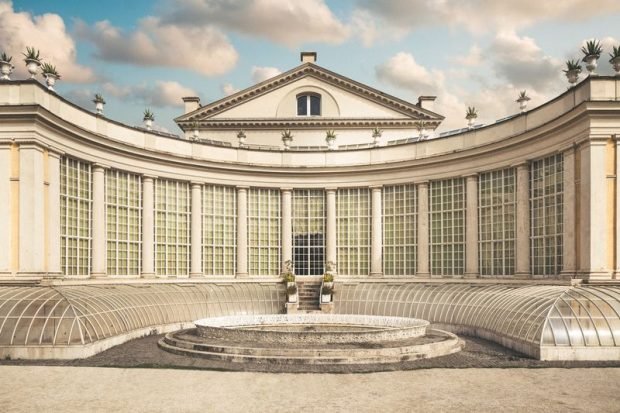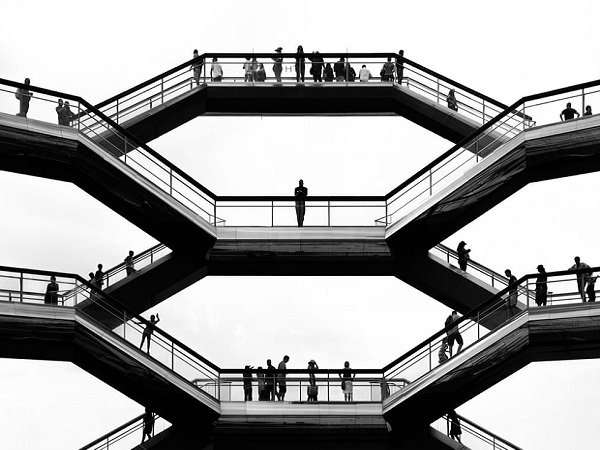Capturing Architecture Through Photography
- By -Peter
- Posted on
- Posted in Modern Architecture
Architecture is not just about buildings; it’s about capturing their essence through photography. Whether you’re an amateur enthusiast or a seasoned professional, mastering architectural photography requires a blend of technical skill and creative vision. Here are essential tips to elevate your architectural photography game:

1. Understand the Structure
Before you start shooting, take time to understand the architecture you’re photographing. Analyze its lines, shapes, textures, and how light interacts with its surfaces. Knowing the building’s history and purpose can also inform your photographic approach.
2. Choose the Right Time and Weather
Lighting is crucial in architectural photography. Plan your shoot around the golden hours—early morning or late afternoon—when the sunlight casts a warm, soft glow, highlighting details and creating depth. Overcast days can also provide even lighting, ideal for minimizing harsh shadows.
3. Use a Wide-Angle Lens
A wide-angle lens is essential for capturing expansive buildings and emphasizing their scale and grandeur. Experiment with different focal lengths to find the right balance between capturing the entire structure and emphasizing specific architectural details.
4. Pay Attention to Composition
Compose your shots thoughtfully to create visually appealing photographs. Experiment with perspectives—such as shooting from low angles to emphasize height or incorporating leading lines that draw the viewer’s eye into the frame. Symmetry and patterns within the architecture can also create striking compositions.
5. Focus on Details and Textures
Architecture is rich in details and textures that can add depth and interest to your photographs. Zoom in on intricate designs, materials, and surfaces—whether it’s the weathered facade of an old building or the sleek contours of modern architecture.
6. Manage Perspective Distortion
When photographing buildings with a wide-angle lens, be mindful of perspective distortion, where vertical lines appear skewed. Correct this distortion in post-processing or use tilt-shift lenses to maintain straight lines and preserve the building’s natural proportions.
7. Experiment with Light and Shadow
Play with light and shadow to create drama and mood in your photographs. Capture the interplay of light streaming through windows, casting intricate patterns on interior walls, or creating stark contrasts between light and shadow on the building’s exterior.
8. Incorporate Human Element
Including people in your architectural shots can add scale and context to the photograph. Experiment with capturing individuals interacting with the architecture—whether it’s a person walking through a grand atrium or enjoying the ambiance of a city square.
9. Post-Processing and Editing
Post-processing is a crucial step in enhancing your architectural photographs. Use software like Adobe Lightroom or Photoshop to fine-tune exposure, contrast, and colors. Pay attention to maintaining a natural look while enhancing the architectural details you want to highlight.
10. Practice Patience and Persistence
Architectural photography requires patience and persistence. Visit locations multiple times, observe how light and weather conditions change throughout the day and seasons, and refine your photographic techniques with each shoot.
Mastering architectural photography is a journey of exploration and discovery. By applying these tips and techniques, you’ll not only capture stunning images of buildings but also convey their unique stories and architectural significance through your lens.
3.5
Conclusion
Capturing architecture through photography is more than just documenting buildings—it’s about telling their stories through visual storytelling. By mastering the technical aspects of lighting, composition, and perspective, and infusing your creativity into each shot, you can create compelling images that showcase the beauty, complexity, and significance of architectural design.



